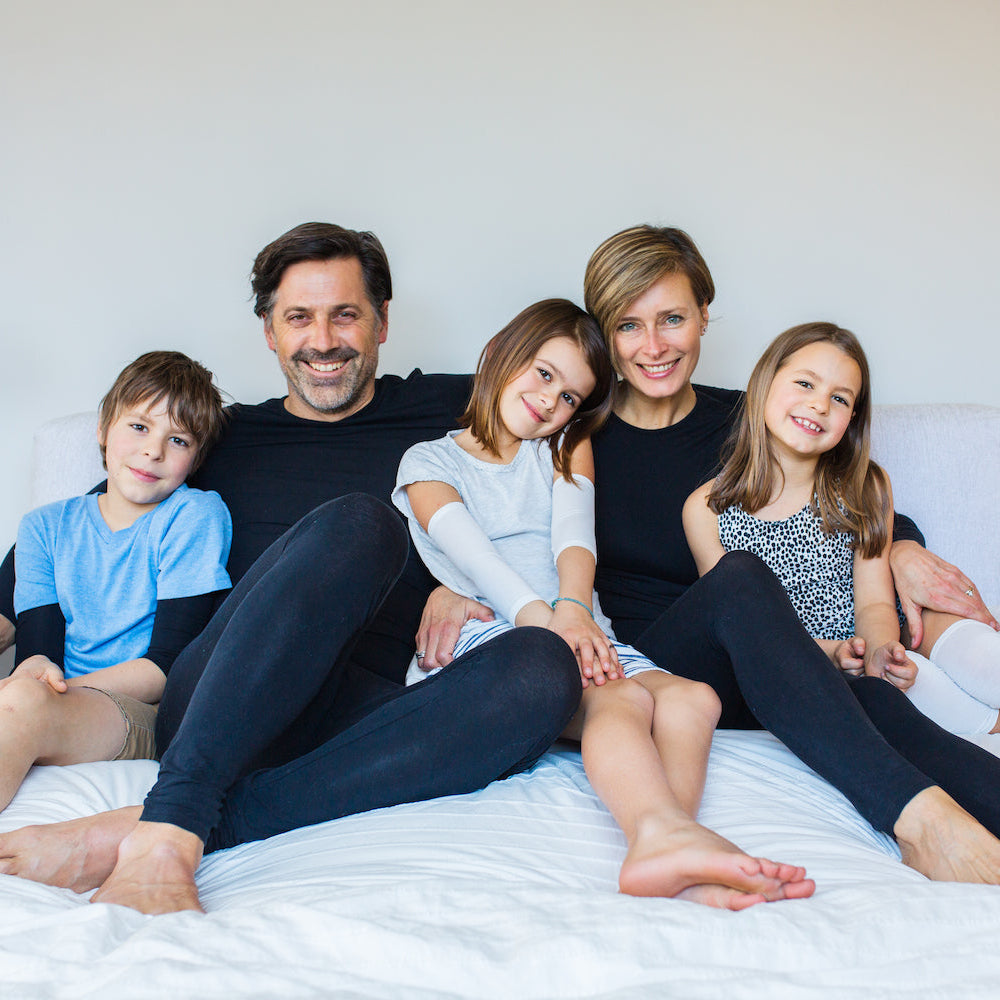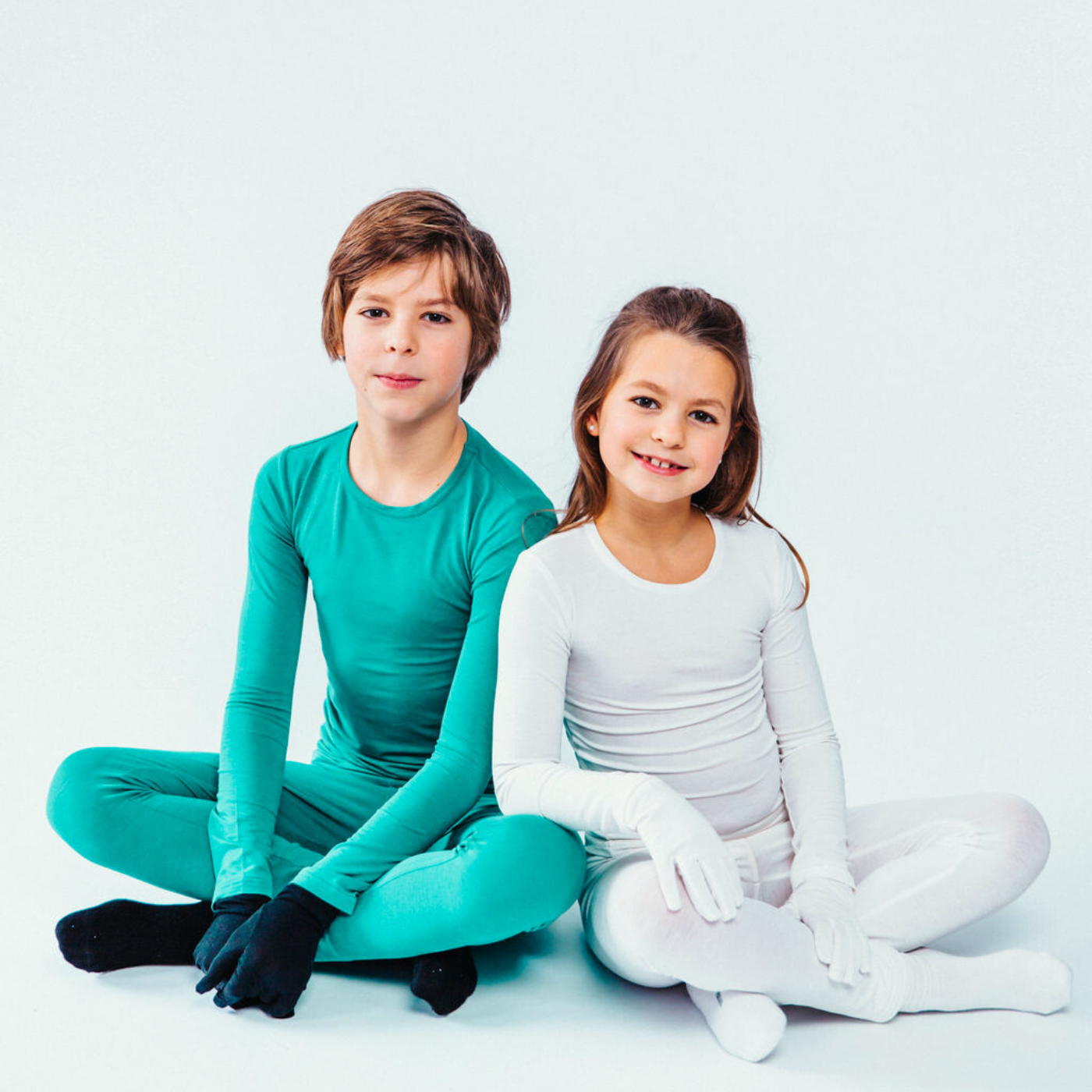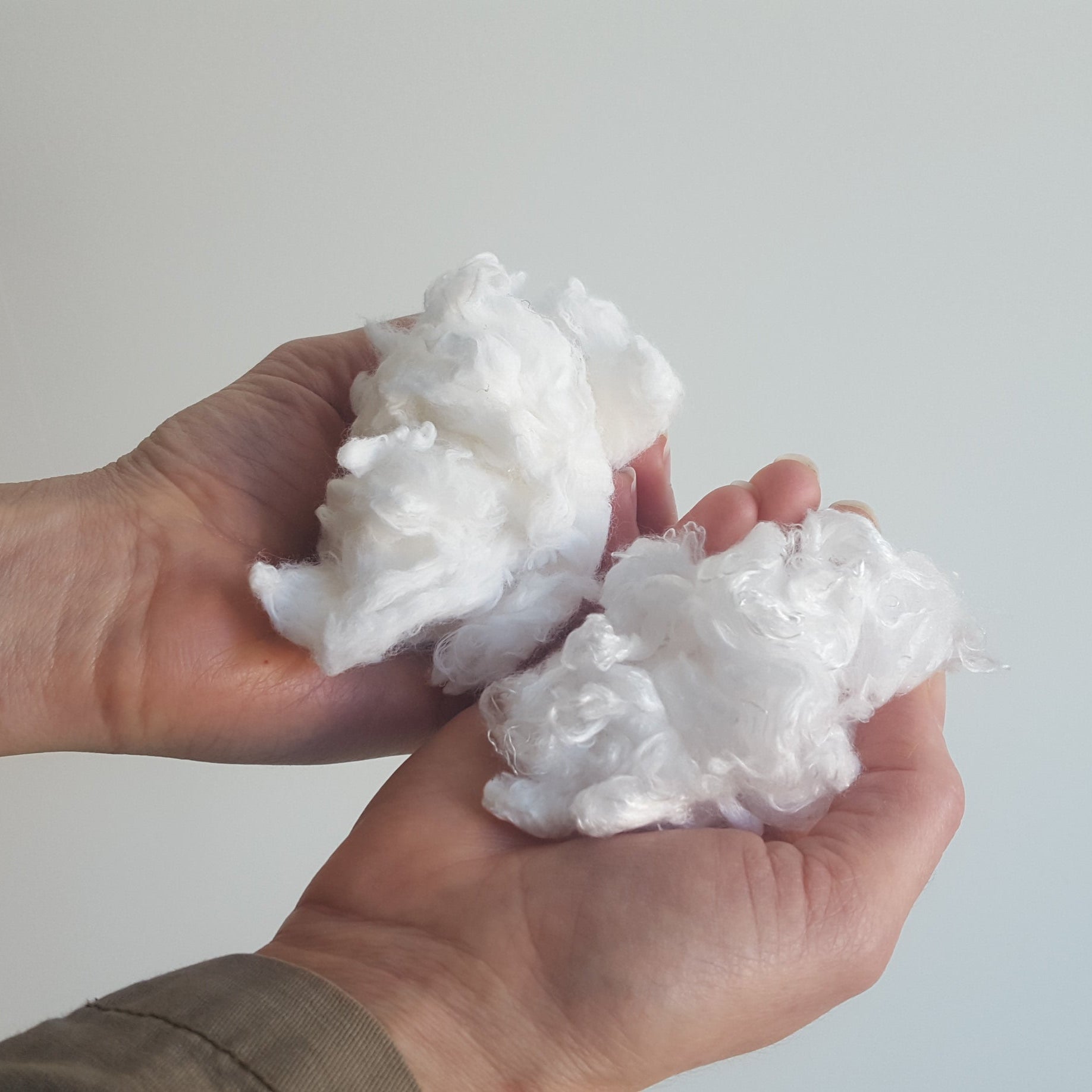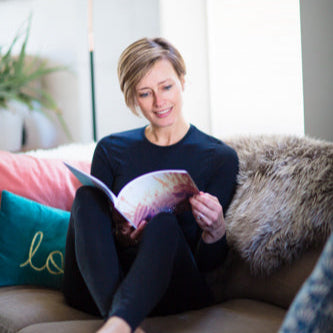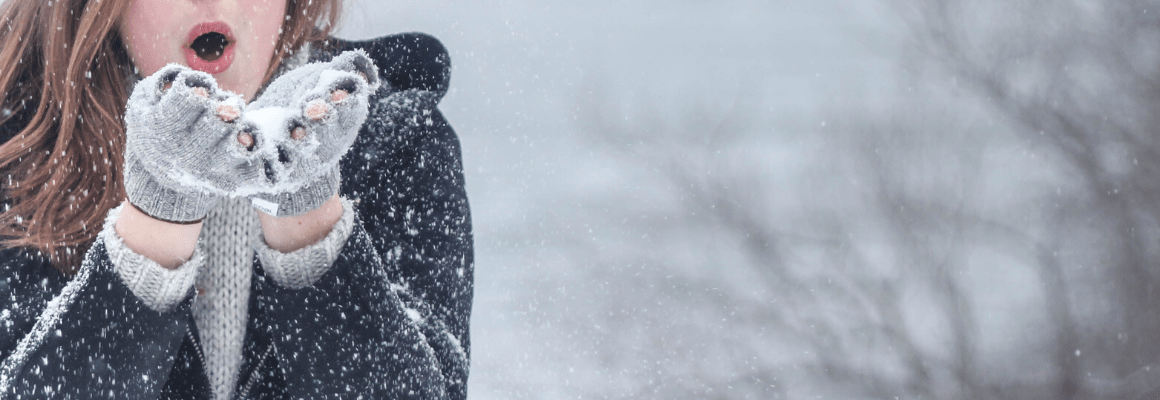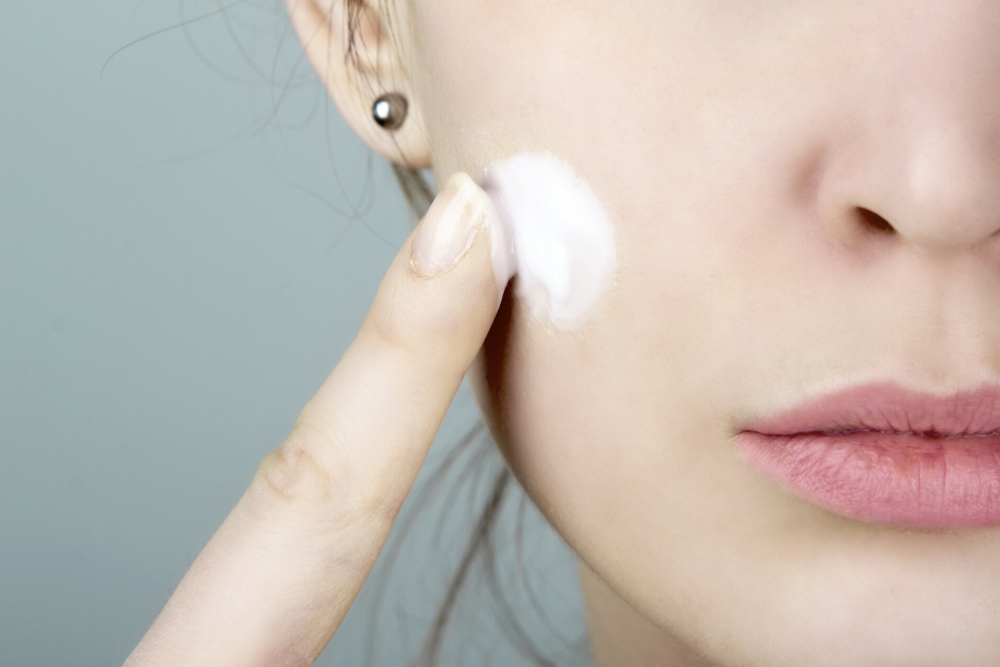Skin conditions, such as psoriasis and rosacea, are often confused with eczema because they share many of the same characteristics. Foot eczema, in particular, is often mistaken with Athlete’s Foot.
While these conditions share symptoms, such as redness, dry skin, and intense itching, there are important differences between them that affect how they should be treated.
In this post, we’ll explore the key differences between the two skin conditions and provide some natural treatment options for healing foot eczema.
Please keep in mind that we are in no way medical professionals. If you’re experiencing severe eczema symptoms like fever or an infection, it is best to seek medical advice immediately.
Foot Eczema vs. Athlete's Foot
Both skin conditions involve red, painful cracks, and dry skin on the feet, but they are actually very different conditions.
While eczema is an inflammatory condition likened to an auto-immune disease caused by a damaged skin barrier, athlete’s foot is a fungal infection. It appears as a peeling skin or a rash between the toes and along the sides of the feet and heel. It also develops when fungal cells that are normally present on the skin begin to multiply too quickly.
Unlike eczema, athlete’s foot is extremely contagious and is usually picked up in moist places such as a pool deck or communal shower floor.
Symptoms of Athlete’s Foot
- Red, scaly rash
- Itching and burning sensation
- Chronic dryness
- Small blisters that may ooze fluid
- Scaling on the heel that extends up the sides
Symptoms of Foot Eczema
- Itching and burning sensation
- Dry, red, rash
- Flaky skin that may crack or bleed
Types of Foot Eczema
Above are the general symptoms of eczema. But there are different types of eczema that could provide some variations in symptoms.
Nummular Eczema
Nummular eczema is identified by coin-shaped plaques on the feet that may ooze or become flaky. These patches can last for weeks to several months and are caused by stress, occupational hazards, and changes in climate.
Dyshidrotic Eczema
Characterized by clusters of tiny, fluid-filled blisters, this type of eczema is very common among athletes. Just like with regular eczema, it involves redness, dry skin, and intense itchiness.
Depending on where the blister develops, dyshidrotic eczema can make walking extremely uncomfortable and painful.
Contact Foot Dermatitis
Contact foot dermatitis appears red and swollen, accompanied by blistered or cracked skin. The main cause of this type of eczema is allergens found in socks and shoes.
For example, rubber box toe shoes/boots are the most common cause of foot contact dermatitis thanks to a chemical known as rubber accelerators. Latex, found in most socks, is another common trigger and should be avoided.
Treatment for Foot Eczema
As with other forms of eczema, knowing and avoiding your triggers is the best way to avoid exacerbating your symptoms. When suffering from foot eczema, this includes any allergens or irritants found in your socks.
Soothing Socks
We recommend these Remedywear™ socks for adults and kids. They’re perfect for foot eczema blisters, cracks, and dry skin thanks to their ultra-soft material that fits like a second skin. Made from anti-inflammatory TENCEL and antibacterial zinc, they provide a special level of protection that regular cotton or athletic socks simply can’t match. They feature exceptional stretch and the toe and heel are reinforced with thicker fabric to provide extra scratch protection where it’s needed most.
Soothe & Moisturize
For optimal results and to speed up the healing process, even more, these mid-calf socks work best when used alongside a natural eczema cream. We love this Organic Manuka Skin Soothing Cream made with antibacterial Manuka Honey and Manuka oil. It heals and hydrates even the driest of skin. Made with just 6 ingredients, this soft, oil-based balm does not burn or sting.
Treatment for Athlete's Foot
Treat & Moisturize
Use a good antifungal cream or moisturizer. For natural products, we like our Organic Manuka Skin Soothing Cream. It contains Manuka Honey and Manuka oil, both high in methylglyoxal, which has antibacterial, antifungal, antiseptic, antimicrobial and other properties.
Stay Dry
Keep your feet dry, especially between your toes. Make sure to dry carefully after baths and showers. Go barefoot when possible.
Ventilate to Avoid Sweat
Choose socks carefully and change them when they're sweaty as sweat is your nemesis with regard to athlete's foot. Socks made with breathable materials like cotton and TENCEL are best. We recommend our Remedywear socks for adults and socks for children that contain moisture wicking TENCEL and antimicrobial zinc. They really work wonders for stinky feet and fungus, especially when combined with the cream recommended above.
Make sure your shoes are well ventilated and avoid synthetic materials. Make sure your shoes are dry before wearing them and alternate between pairs if necessary.
Protect in Public
Always wear sandals or water shoes in public pools, showers and locker rooms. Remember that foot fungus is very contagious. So never share socks or shoes.
Whether you have foot eczema or athlete's foot, the goal is to be prepared so you can treat your skin and get back to healthy skin as soon as possible. With these tips, you'll be on the right track.

